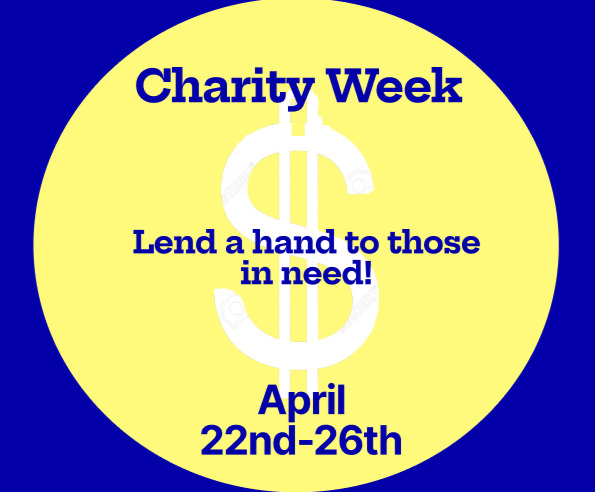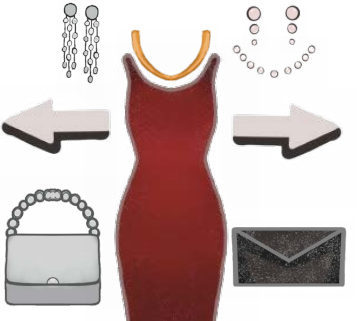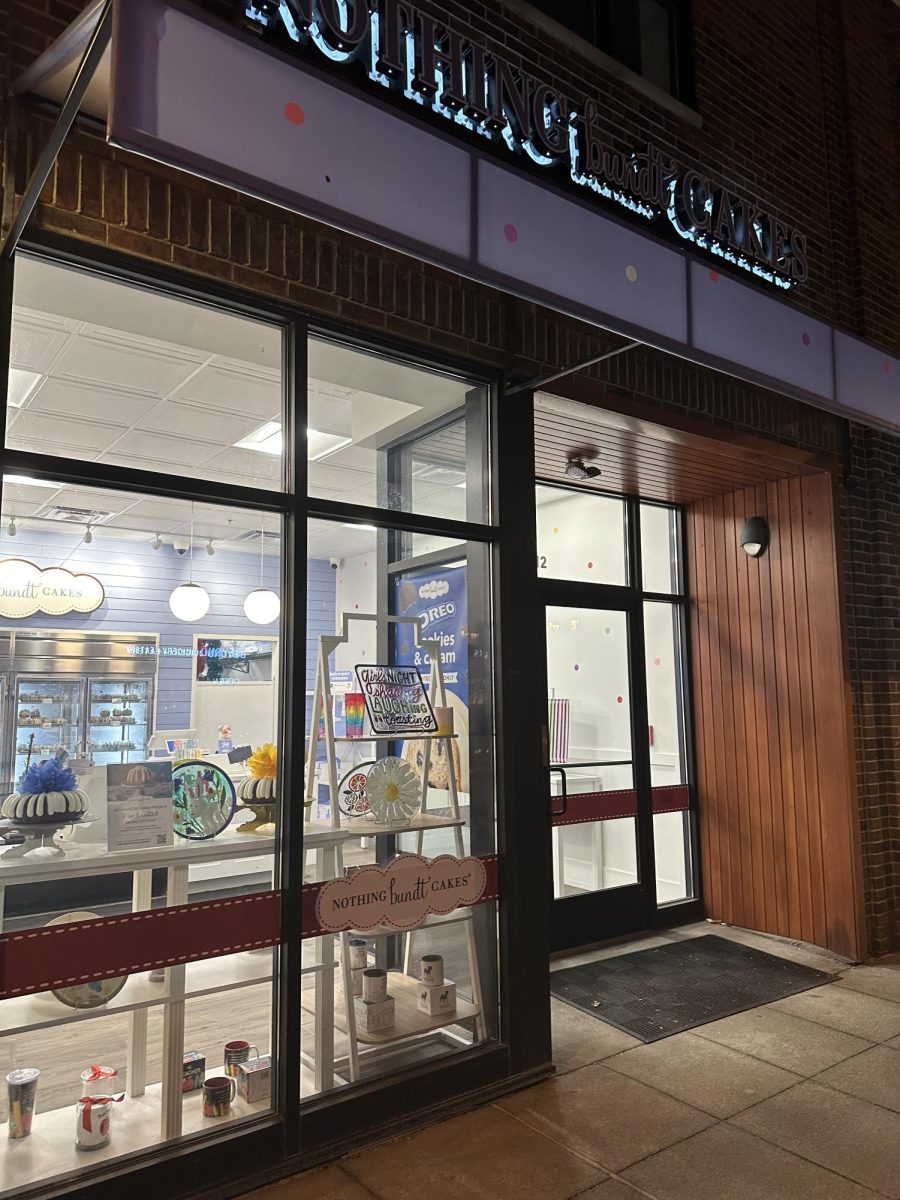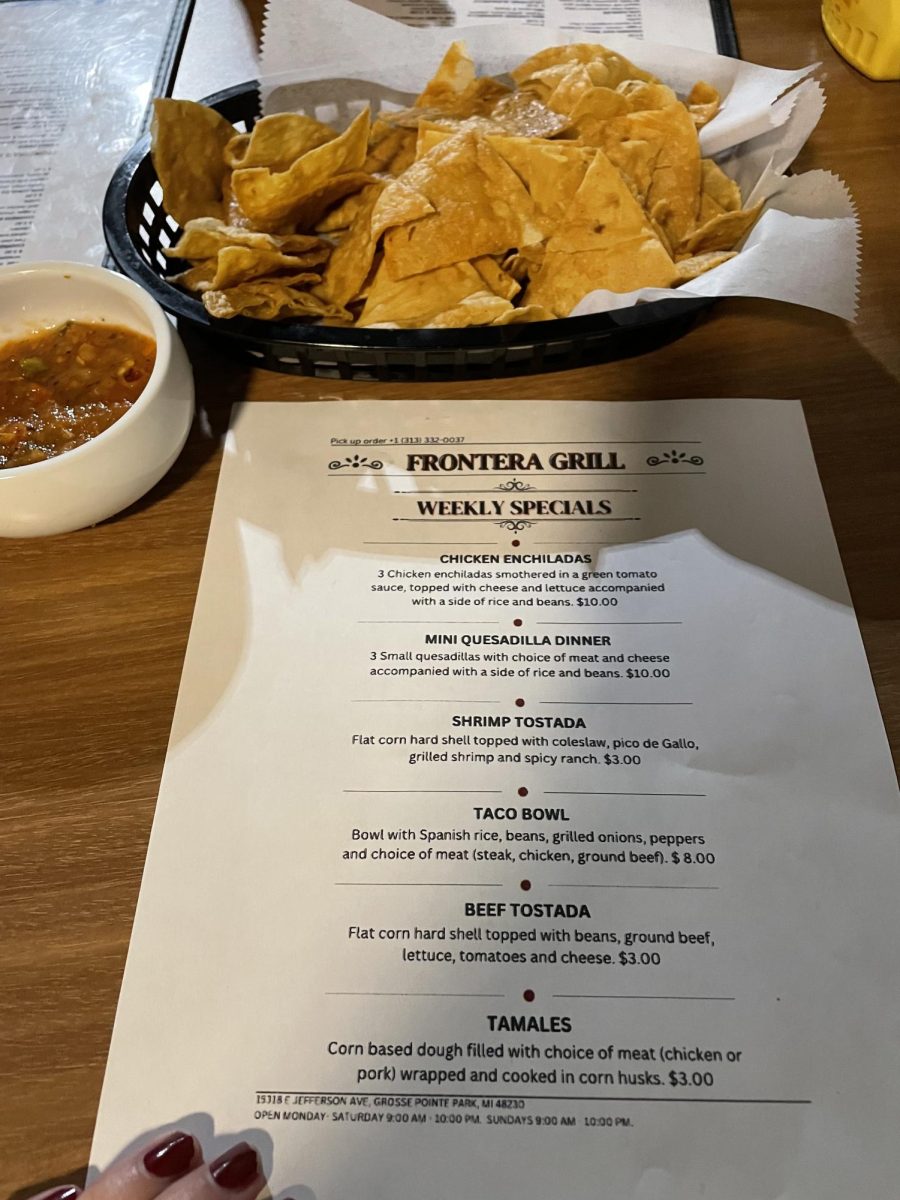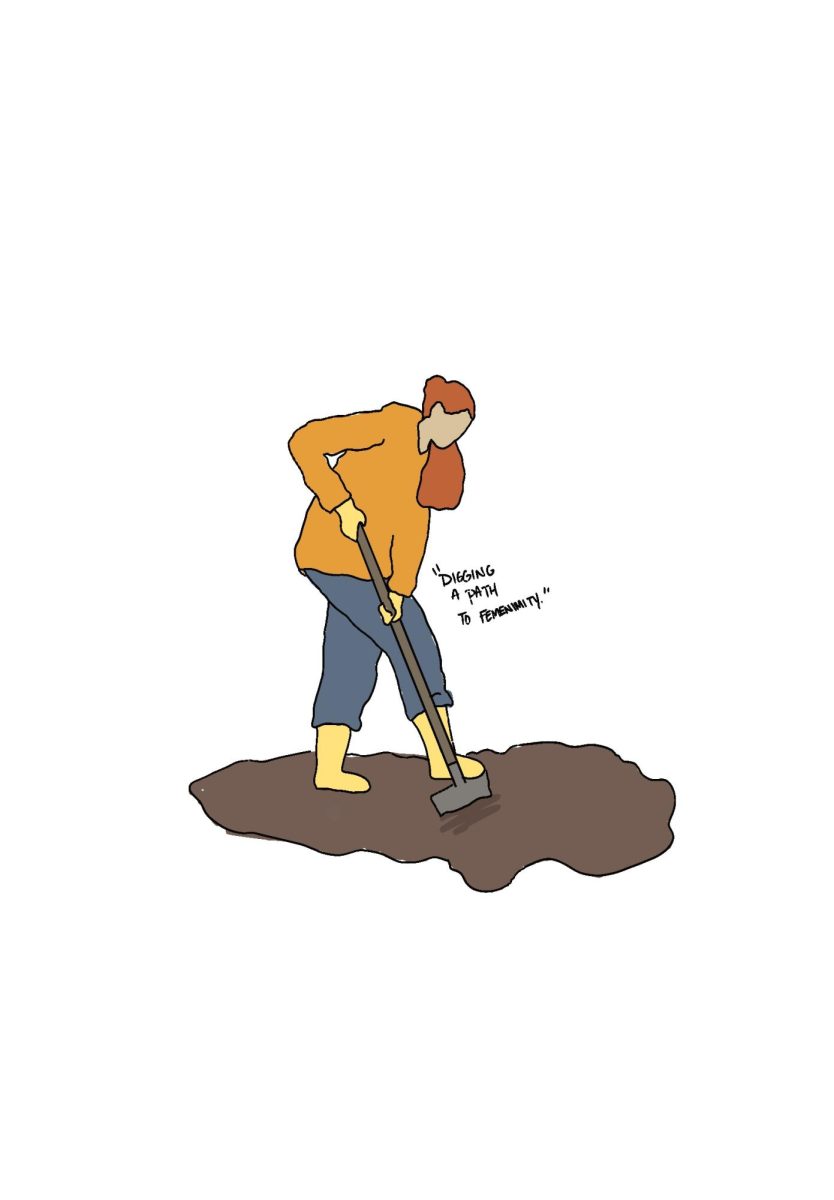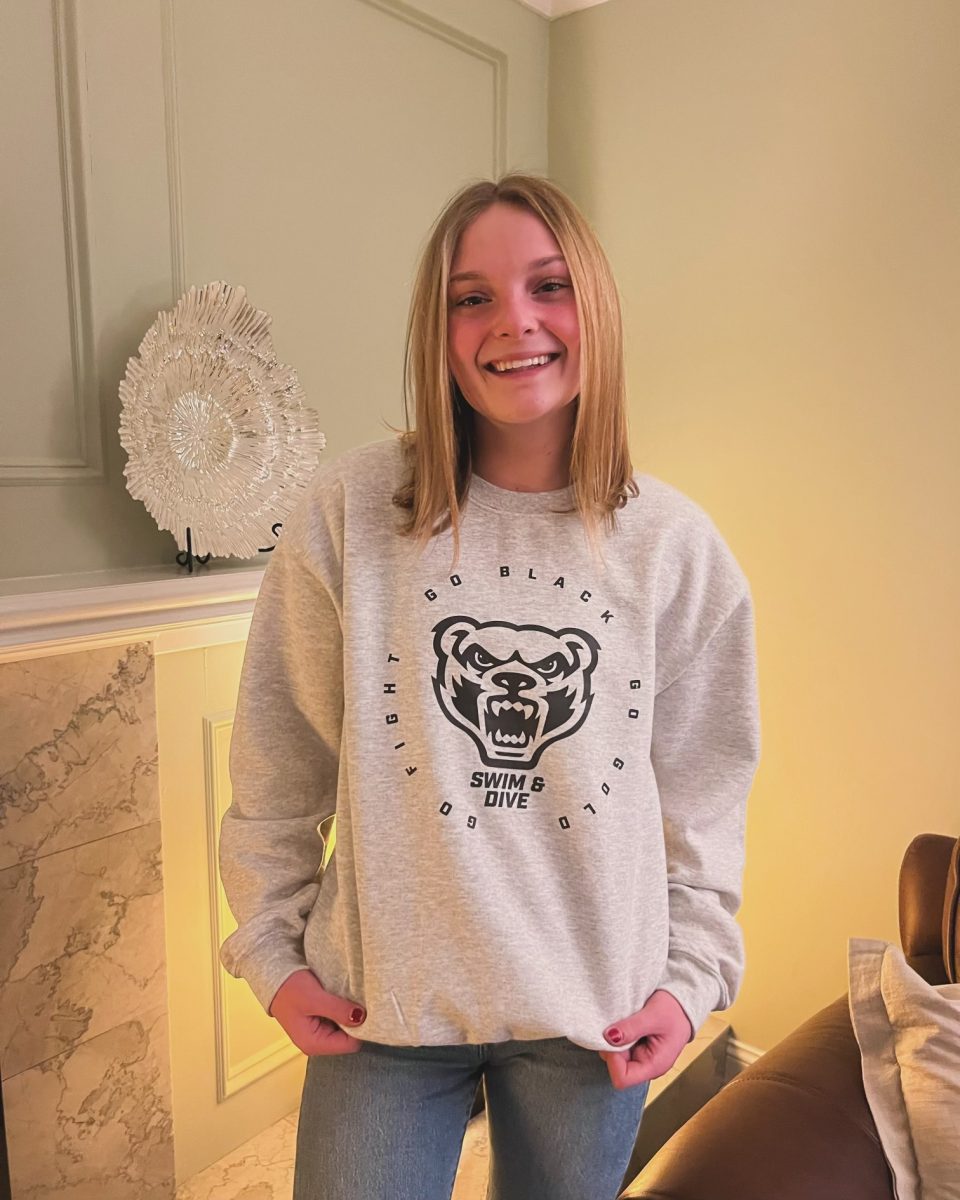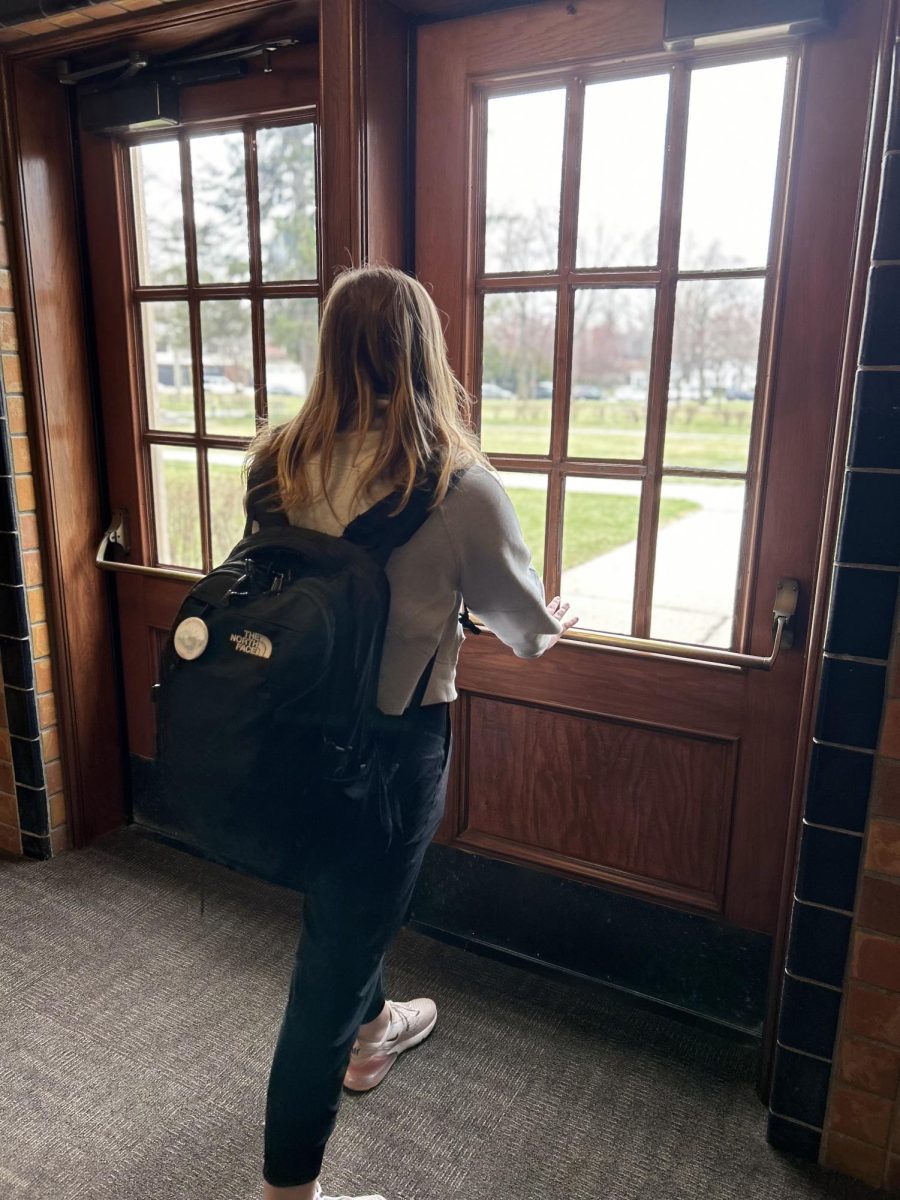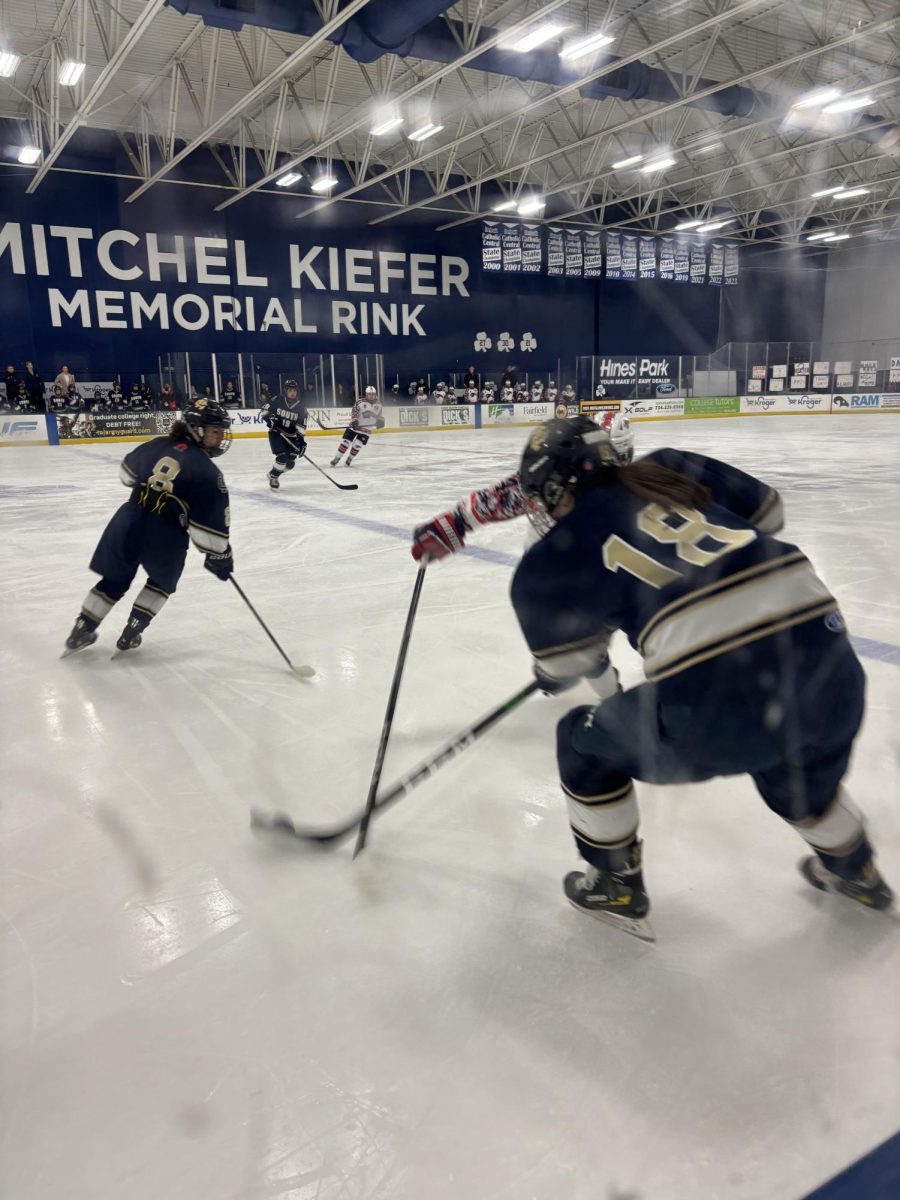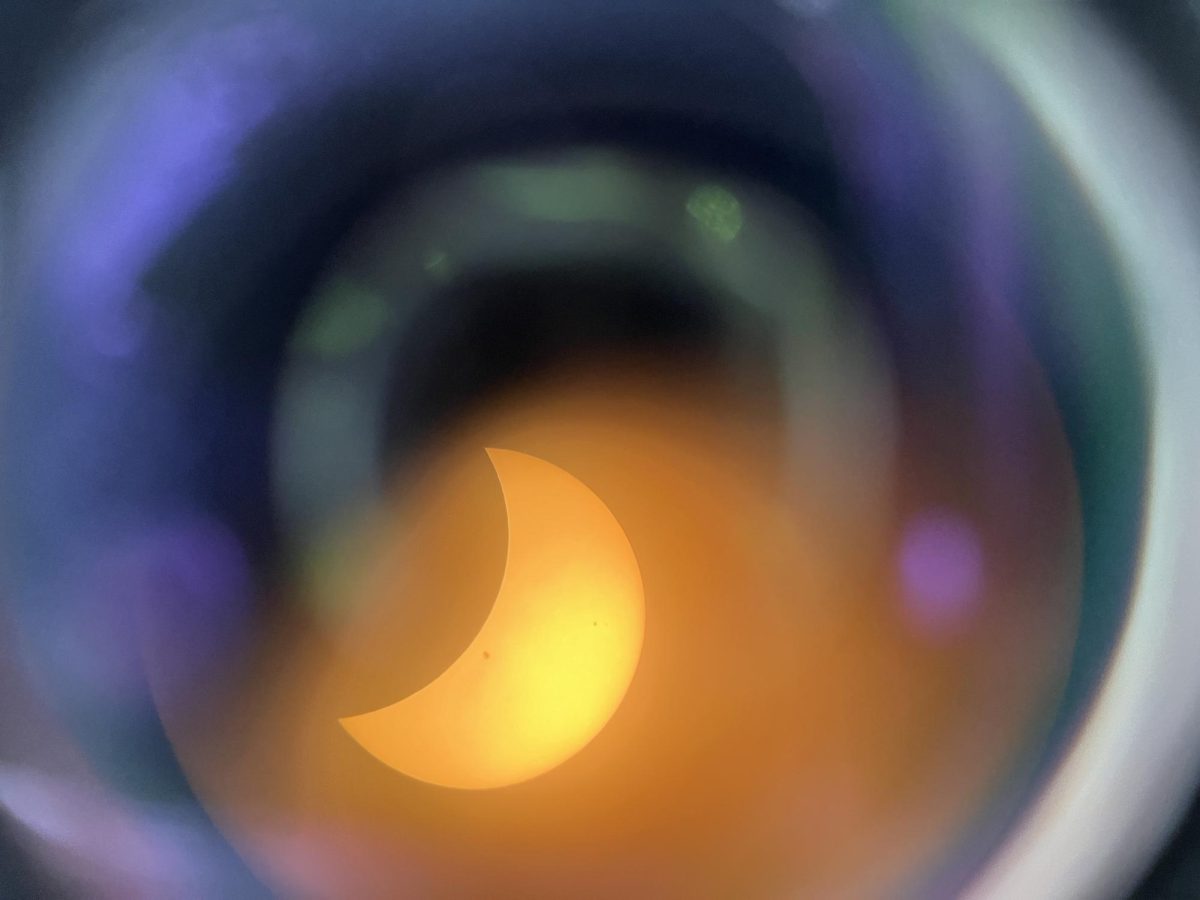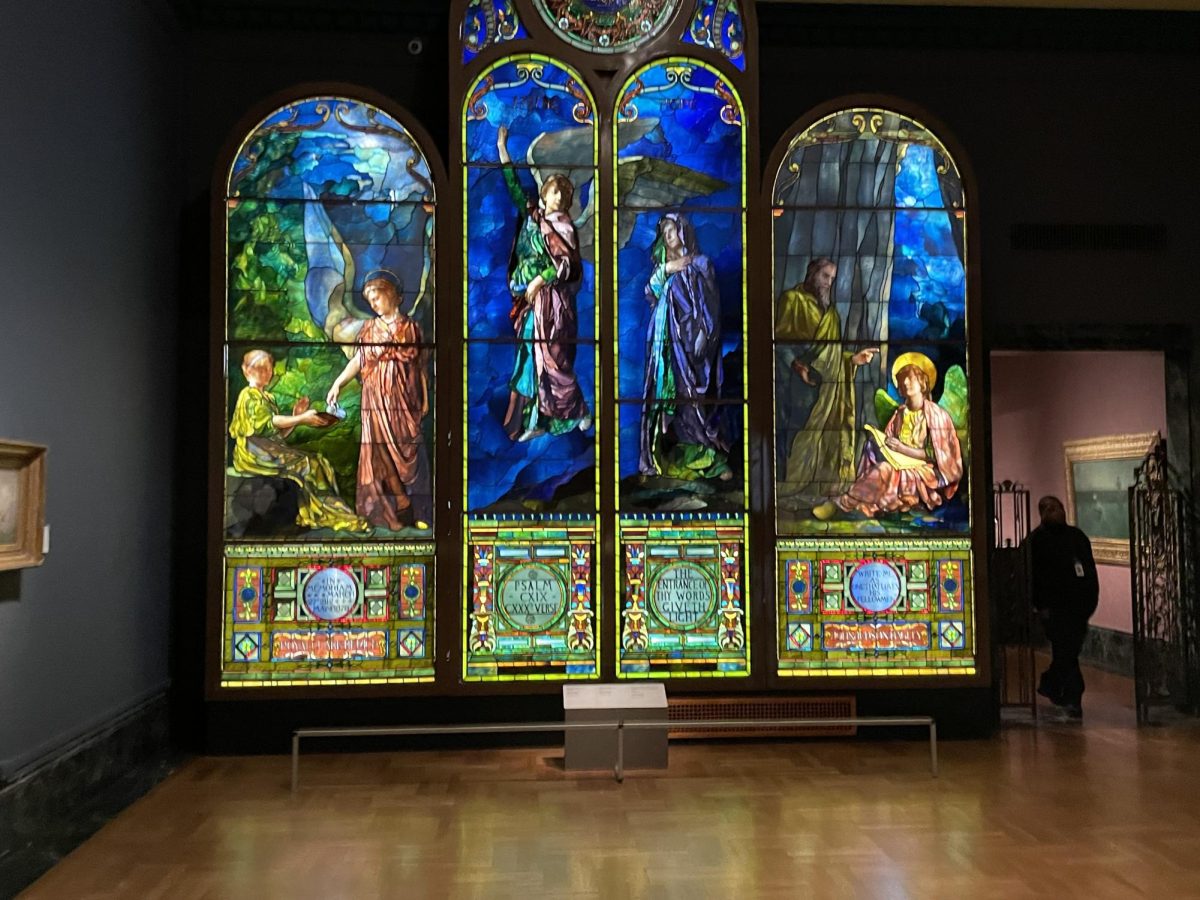By Mary Grace O’Shea ‘17 | Staff Writer & Zoe Evans ‘17 | Social Media Coordinator
Every hour, a person in the United States dies of Melanoma. Skin Cancer, the most common form of cancer in the United States, kills more than 10,000 people a year, , according to the American Cancer Society. Indoor tanning causes 86% of all skin cancer cases. Both UVA rays produced by the sun and by tanning beds, can tan and illuminate the skin, but they also produce wrinkles, sunspots, and change the DNA making the body more susceptible to cancer according to the American Cancer Society.
“Tanning beds damage the skin cells,” Dr. Chren with the American Academy of Dermatology said. “It can lead to premature skin aging, eye damage, and melanoma.”
According to CNN, the FDA wants to put a ban on tanning beds to restrict usage for people under 18. For those 18 and up, a waiver with the many risks of using tanning beds would be provided to ensure that patrons know all of the possibilities that come with lying underneath UVA rays.
“I do not necessarily think that it is a bad idea to restrict those under 18 from going in tanning beds,” Emma Baer ‘15 said. “But I also think that it can be pretty easy to somehow get around those rules and still be able to tan artificially.”
According to the FDA, knowing that tanning beds cause skin cancer, is not a good enough deterrent for users. In a survey taken by the American Academy of Dermatology in 2013, 17 percent of teens use indoor tanning services which equates to 1.6 billion teens in the United States, including Emma Baer ‘15.
“I used to go to the tanning bed really often, because I liked the idea of being tan year round,” Baer ‘15 said. “It was never too expensive and really easy and quick so it just became something I did all the time. I never really second guessed myself and was never thinking about possible long term consequences.”
The FDA cannot ban tanning beds for the same reason they cannot ban cigarettes, they do not have the power to ban a whole industry of products, but to insure the health of young Americans they are taking preventative steps.
The FDA wants sunlamp manufacturing companies to make warnings on the side of the machines bigger and easier to read, the eyewear thicker to allow less UVA rays to penetrate, and to add a “panic button” when consumers feel uncomfortable under the bed.
“Tanning technology has vastly improved over the years and is actually safer than laying in the real sun in a lot of cases,” Ila Zielke ‘17, former employee of Total Tan said. “There are very low UVA and UVB percentages.”
The press announcements by the FDA on these proposed rules were announced in December 2015, and have yet to take effect. 13 states have banned the use of tanning beds on minors, not including Michigan, according to the American Cancer Society. Some of the general public believes this, like tobacco usage should be at the consumer’s discretion, because the facts have already been revealed.
“As long as you’re careful, know your limits regarding maximum times and frequency of visits, and don’t tan in outdated beds, it’s typically quite safe,” Zielke ‘17 said. “And those working in the salons know how long to put someone in a bed so they won’t burn.”
Vitamins necessary to human health, including Vitamin D, are received from a certain amount of exposure to the natural sun itself, but they do not also come from the use of tanning beds, according to the Skin Cancer Foundation. Being exposed primarily to UVA rays in a tanning bed, damaging rays are deeply penetrating the skin causing greater risks of developing melanoma, rather than receiving vitamins from UVB rays that you will find in natural light.
“I stopped going tanning in the beds because I realized that it really increased my chances of getting skin cancer someday, and I do not want it at all,” Baer ‘15 said. “Risking parts of my skin and possibly even my life is definitely not worth the constant tan. I can just wait until summer to get tan naturally, and be at least a little bit safer.”
The UVA rays from the sun are no better than the ones being admitted from the tanning beds, according the the American Cancer Society. White males are the leading group of Melanoma diagnosed patients, and white women are the leading group to die from Melanoma. However, even the last place to be diagnosed and to die from Melanoma, black women, should take preventative measures.
Here are the top five ways to protect yourself in the sun according to OSHA:
- Limit your exposure.
- Wear sunscreen with an SPF of at least 15.
- Cover up with lightly woven clothing that blocks the sun.
- Wear a wide brim hat when outside.
- Wear sunglasses that have UV protection.

